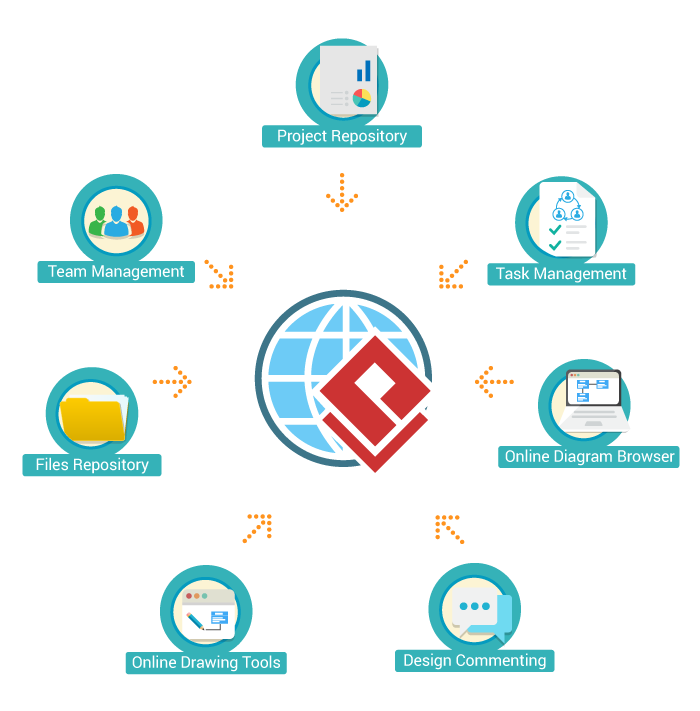An award-winning modeling software that features UML, Requirement Diagram, BPMN, ERD, DFD and more. Visual Paradigm Modeler makes modeling easy and fast.
Easily create professional UML model with our award-winning UML modeler. You just focus on modeling and we will take care of the rest. Here are some of the UML modeling tools:


End-to-End Enterprise Architecture tool suite that supports TOGAF, ArchiMate, PMBOK process map and more
Agile development tools like user story map and sprint, Customer Journey Map and a wide range of project management diagrams
Essential development tools for modeling (UML, BPMN, ERD, DFD, etc), wireframing, code and DB engineering tools, etc
